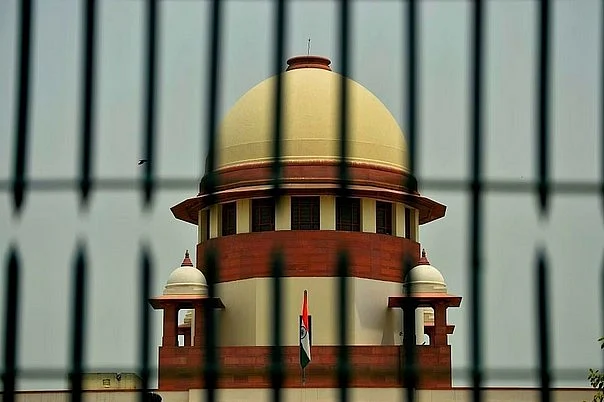The Supreme Court urged the Punjab administration and the Centre to put politics aside and find a substitute for paddy farming in the northern state, where burning crop residue has become a health hazard and groundwater has dried up in many areas on 21 November.
The court urged both the state and central governments to explore methods of discouraging paddy cultivation in Punjab, as it consumes a significant amount of water, in Punjab, the court said "In our belief committee led by cabinet secretary must look into the aspect of discouraging cultivation of rice keeping in mind the wells running dry. Persons concerned must put their head together on this aspect."
Advertisement
One of the causes of the air pollution in Delhi and the surrounding areas, where a high concentration of particulate matter makes the air poisonous every winter, is farm fires in Punjab. Long-term exposure to contaminated air has been linked to respiratory and cardiovascular disorders, according to several studies. According to certain research, air pollution is also to blame for the rise in type 2 diabetes incidence.
The Punjab government fined farmers Rs 2.65 crore for burning paddy stubble, but the court observed that the government had only been able to collect Rs 18 lakhs. The government was ordered by the court to obtain the remaining sum by the following hearing date.
Advertisement
The Centre's data, according to the court, indicated that only 20 per cent of the farmers in Punjab who had their crops examined had penalties imposed on them. The court stated that although Punjab possessed around 1,28,378 machines for stubble cutting, farmers were only given access to 25,417 custom hiring centres.
The Delhi and Uttar Pradesh governments were urged by the court to provide a status report regarding the open burning of rubbish.
The cabinet secretary-led commission was also tasked by the supreme court with investigating the lack of color-coded tags on older cars and devising more effective compliance strategies.
The primary source of air pollution is still vehicle emissions, with the addition of pollutants from burning trash.















 Just one email a week
Just one email a week